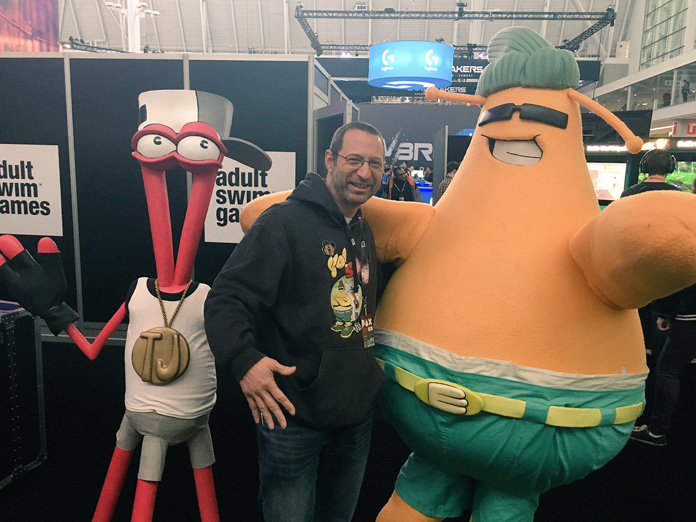
“ToeJam & Earl” Video Game Co-Creator Greg Johnson Reflects on 30 Years of Planet Funkatron
Floating in the Stream of Consciousness
Dec 17, 2021
Web Exclusive
Photography by Greg Johnson
![]()
As the name might suggest, the story of the popular 1991 Sega Genesis video game, ToeJam & Earl, is dual-pronged. But that’s not the case just because the original game focuses on the two crash-landed aliens, ToeJam and Earl. It’s not just the case because the game was the creation of Greg Johnson and Mark Voorsanger. In fact it’s both of those things and this: the original ToeJam & Earl game, which earned a beloved underground following that’s not so underground anymore, was created in a “stream of consciousness” way, Johnson says. But ever since that beloved first title, the game has experienced many planned-out sequels and each of those more hard-framed blueprints haven’t given fans what they’ve wanted from the goofy, big-hearted, music-loving original. Now, though, ToeJam & Earl are back with the sequel it always should have had since its debut in the early ’90s. With the recent ToeJam & Earl: Back in the Groove, the series is on sturdy legs again—those of Big Earl’s and the three-legged ToeJam.
“Finally,” Johnson says, “the game is what I wanted it to be.”
Formally, ToeJam & Earl: Back in the Groove was released on March 1, 2019. It’s the fourth entry in the ToeJam & Earl series, developed by Johnson’s independent HumaNature Studios. The game is the first new ToeJam & Earl title since the 2002 game, Mission to Earth, and it’s the first made without Sega. In fact, Johnson utilized Kickstarter to fund the game’s production, raising over $500,000. But when the game came out, it wasn’t totally complete. While it finally provided the gameplay and design like the first that fans craved, it was buggy, Johnson says. So, he’s spent the past two years updating the game and finally, he’s satisfied.
“We’ve been continuing to work on it,” Johnson says. “There’s a whole list of things we did in the updates to make the game feel more like I wanted it.”
In 2019, Johnson says he had to release the game as it was. Such is the life of an independent gaming company without giant funding or the backing of a corporation like Sega (the home of Sonic the Hedgehog). But that’s the irony, too. Sega was new when the first ToeJam & Earl game hit the 16-bit system. It slipped under the proverbial radar in the system’s early stages. Rumors were even that the three-legged ToeJam and the hefty Earl would be the system’s mascots before the blue-quilled Sonic showed up. But then when the system became popular, the stakes got higher.
Truth be told, ToeJam & Earl is a weird game. The original game can be played solo, but it’s best as a two-player. As such, the two aliens traverse strange island-like levels on Earth looking for their strewn ship pieces to assemble and fly back to their home, Planet Funkatron. Along the way, ToeJam and Earl encounter evil earthlings like a psycho dentist, distracting hula girl, disorienting cupid, insane ice cream trucks, angry lawn mower men, invisible boogie men and sharks in the water. But they also find presents along the way like Icarus wings, springy shoes or super-fast sneakers. To call the adventure “stream of consciousness,” as Johnson does, is accurate. But that’s what makes it special and beautiful.
It’s also unique. It’s not a shooter. It’s not a super-fast hedgehog speeding to get golden rings. It’s not a fighter game. What is it? Unclear, kind of. And that’s what made players fall in love but also what gave it a slow start in stores. Like a movie your friends tell you that you have to see, word of mouth spread about ToeJam & Earl. But by then it was too late. Johnson, who had begun development on the sequel, was months into a second game like the beloved first, but Sega panicked at the slow sales. So, the company made Johnson and Voorsanger go the other direction. It directed them to make a more traditional side-scroller game (like the original Mario Bros). And while the second ToeJam and Earl game is fun, it’s not the same.
The third iteration also fell short of what fans wanted: that magical stroll through weird island places with odd earthlings looking for a way home. When speaking to the Maui, Hawaii-based Johnson today, though, one thing is immediately clear: he’s a sweetheart. He doesn’t hold grudges, not outwardly anyway. In fact, he’s the type of person to preface a phrase by preparing you as if the worst cuss word is about the slip his lips but then he just says “friggin’.” But it’s no coincidence Johnson has survived this long in the gaming business—as an independent developer, no less. It takes, as he says, a “Zen-like” attitude to ride the waves of the gaming business.
“The game industry is full of tough stories,” he says. “Mine is by no means the only one and it’s not the only one I’ve lived, either. You get used to it in this business. It’s so funny, everyone wants to be a game developer; every 18-year-old dreams that’s what they’re going to do. But mostly, especially if you’re an independent developer, it’s friggin’ hard. It’s very stressful.”
Money is always a worry for game developers (and all human beings). By nature if you have it, you want more and if you don’t have it, you want more. To be the leader of an independent gaming company, there is the worry to produce the game well and also to make sure your staff can cash their checks and have at least some semblance of job security. No easy task. Yet, despite this, Johnson loves his job. He’s been in the business almost 40 years (he’s 62 years old) and he’s one of the oldest independent developers in the business. It’s that kind of fortitude that kept Johnson in search of funding, constantly developing and always breathing life, no matter the cost, into ToeJam & Earl.
Johnson’s love affair with video games cemented while he was in college in 1980 at U.C.S.D. in San Diego, California. There, he stayed up late gaming when he should have been studying, he says. He would visit these little “closet-sized” rooms that offered connection to the university’s mainframe and he would play the now infamous video game, Rogue. For the uninitiated, Rogue is so well-known in the video game programmer universe that games like ToeJam & Earl are actually known as “Roguelike” games. It’s its own genre. Further, for those who don’t know, Rogue is a rudimentary computer game, released in 1980, in which a little circle (the game’s Hero), moves around random levels (dungeons), picking up potions, scrolls, armor, weapons, food and the like, trying to get to the game’s eventual end.
“I’d play it until very late at night and see how far down in the dungeon I could get,” Johnson says. “I was obsessed with it.”
Johnson started making his own games after that, professionally so after college. In school, he’d studied biolinguistics, planning to talk to dolphins and whales. But now he was talking to computers and fundraisers and big gaming companies. Growing up, Johnson says, he was fascinated with science fiction, with the idea of communication and the possibility of doing so with extraterrestrials. After college, he landed at Electronic Arts, which today is world-renown but back then employed about 20 people, and he worked on the game, Starflight. That title went on to do very well, officially going platinum.
But with his friend and programmer, Voorsanger, Johnson had designs on a new game. Johnson wanted to do something “light and fun” and that wasn’t going to be as taxing as his last project. Starflight was an immersive entire world. It was mapped out in detail and in expansive terms. So, when Johnson began the planning for ToeJam & Earl, he wanted an easier task.
“ToeJam & Earl was me cutting loose,” Johnson says. “It was a chance for me to turn up the music and make a game that was stream of consciousness. I didn’t think too hard. If it tickled my funny bone, I tossed it into the game.”
Like Rogue, the central characters are in search of portals to new levels and they pick up tools and food along the way. In ToeJam and Earl’s case, they find presents that have been strewn around Earth by a rocket pack-wearing Santa Claus. In Rogue, the main character finds scrolls that tell him what certain potions or equipment does. In ToeJam & Earl, a man walking around dressed as a carrot tells you what’s what. But unlike Rogue, the main characters go upwards with the help of an elevator, not downward via staircases into deeper dungeons. This allows the characters to fall off the levels and land in lower ones. ToeJam & Earl also features the then-revolutionary two player screens where both ToeJam and Earl can traverse the game’s levels without having to be in the same proximity. The game also features evil earthlings and kind-hearted aliens, which was the reverse of common tropes at the time.
“Mark was a really impressive engineer,” Johnson says of his ToeJam & Earl co-creator. “He’s very clear-minded. I’ve studied some programming and I’m a terrible programmer. To be a programmer you have to be pessimistic, you have to be looking for problems, you have to anticipate programs. I’m a total optimist. I’m like, ‘Oh, it’ll work!’”
Johnson remembers the old days of programming where adding something to the game meant real wait times as it loaded before you could test the new addition. It was painstaking stuff. But in the end, they got everything they wanted into the original. Subsequent titles, though, that was another story. In the second game, Johnson and Voorsanger wanted an upgraded version of the first. One where ToeJam and Earl could also walk into the earthlings homes, the roofs of which would then disappear as players controlled the aliens walking through the boogie man’s living room. Alas, though, that wasn’t in the cards and Sega pushed a side-scroller instead that lost much of the heart of the cult classic original.
Johnson chalks up he and Voorsanger’s early acquiescence to youth, an eagerness to please and the reality that Sega had all the cash. Johnson and Voorsanger took on the challenge and did a fine job with the sequel, creating a game where the characters went back home to Planet Funkatron. They could slide on snow, bounce on fungus, float on bubbles and swim under water. But just as the original’s sales began to pick up, Sega released this second version and the customer based became understandably confused. This began the rocky path forward that led finally to the latest title: Back in the Groove.
Historically, though, one of the aspects of the entire series that helps it stand out has been the soundtrack. Growing up in West Los Angeles, Johnson listened to music from artists like Herbie Hancock, Parliament Funkadelic, and Stevie Wonder. It was the age of big boomboxes. He went to an ethnically diverse high school. Johnson’s father is Black and his mother is White. Music of all kinds swirled around him and he absorbed it.
“All of that really old school funk and R&B was my jam in high school,” Johnson says. “I just loved it.”
When he had the opportunity to make his own game, he says it was a “no-brainer.” The aliens were just going to be fans of funk, there was no two ways about that. For the original game, Johnson also remembers doing the sound effects—like the Cupid’s shrill “Tra la la!”—with a $10 microphone at midnight when everyone else was out of the office. And in later titles when ToeJam and Earl talked, Johnson fitted them with Black voices. While they’re aliens, they’re also representative of the community in which Johnson grew up and identified. To many, that’s obvious. To others, maybe it wasn’t. And while ToeJam and Earl are authentic in this way to Johnson’s life, the signature slap-bass funk music of the game’s score is also. He wrote it.
“Most of those songs came from me,” Johnson says. “The theme song, that was me just singing in the shower, making up rhythms and melodies and singing into my phone. That’s how most of the music got made.”
Later, Johnson employed artist John Baker and Mark Miller to play and write out the music, formally. For Back in the Groove, world-class bass player Cody Wright plays the music. In fact, Wright is a student of the series. At one point, Wright contacted Johnson and told him that the original ToeJam & Earl inspired him to play bass. Now Wright is gracing the pages of major bass magazines. Wright was so dedicated to the project, he volunteered to fly out and record on his own dime to do whatever was needed.
“At first,” Johnson remembers, “I was like, ‘Yeah, no thanks.’ Like, he’s just some enthusiastic fan. I’ve heard that before. Then I looked at his YouTube page and was like, ‘Oh my god. This guy is phenomenal!’”
Now, Back in the Groove boasts its own fantastic 31-song soundtrack, with Wright and Johnson at the helm, banging out tunes. It’s yet another signifier of a life’s work made real. For ToeJam & Earl is as unique as it gets. It’s one of those pieces of pop culture you wonder how it was ever made at all to begin with. Yet, for many, it’s a great gift. Today, Johnson hears about many people who play it on Christmas (myself included!) or have some other lifelong traditions surrounding the game with family. That’s one major reason he’s so proud of his work. The other (of course, there are two!) reason is that the game lives on in him. It’s part of him and that’s a special thing no one can take away.
“I love that it has connected people,” Johnson says. “That there’s so many amazing stories about the game in people’s lives. That’s really touched me. And then there’s just my own personal connection to it. The whole crew [of the game’s characters] have personalities and a life and relationships with each other in my heart and mind.”
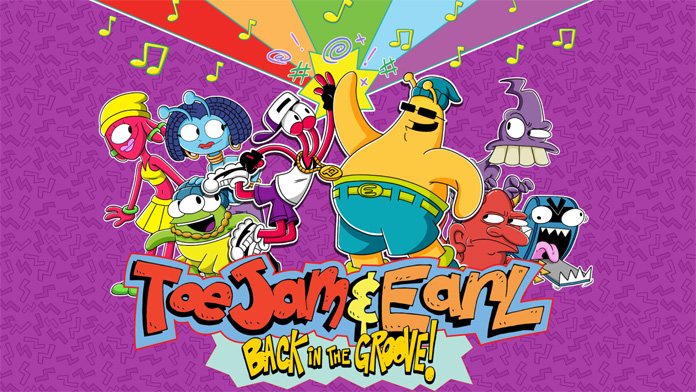
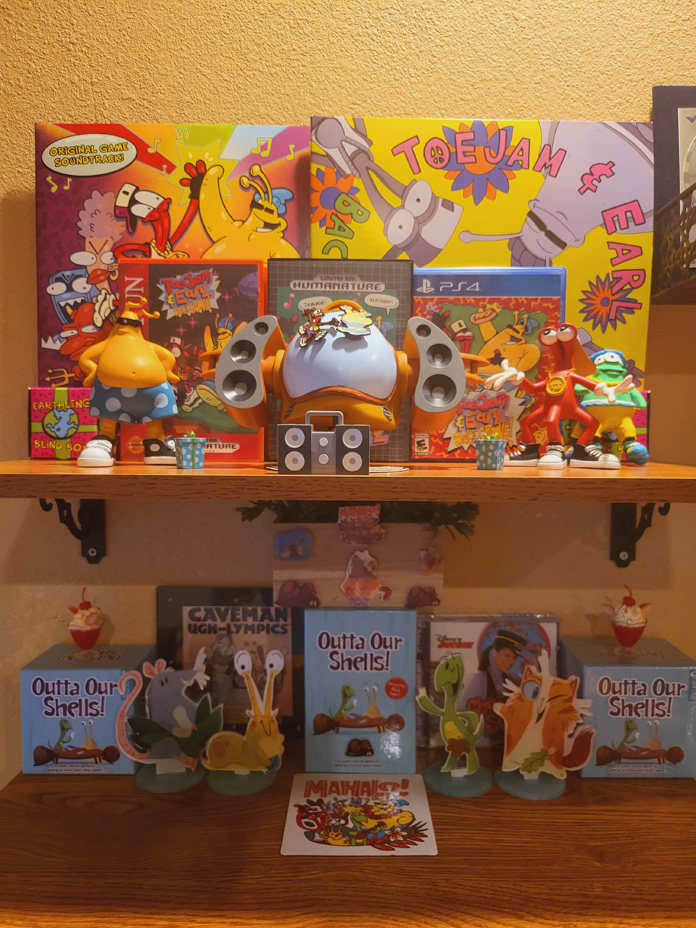
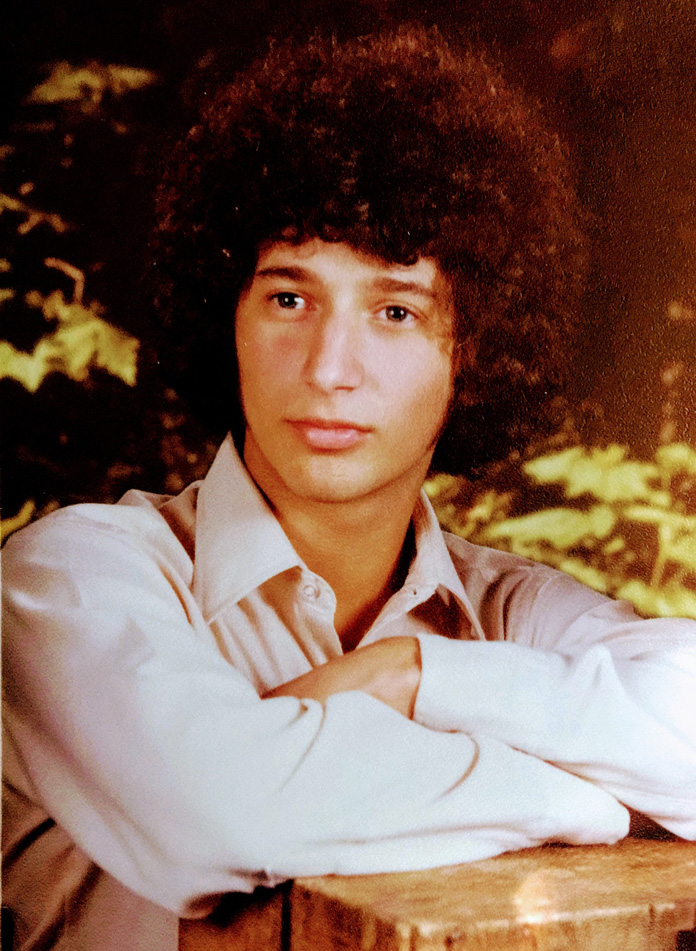
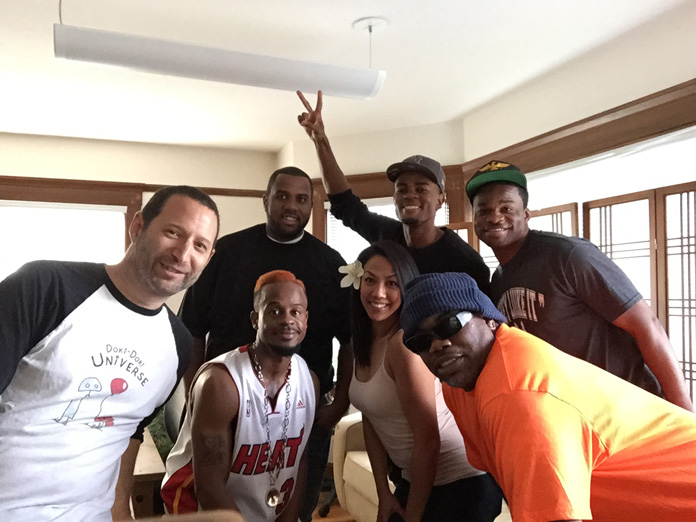
Support Under the Radar on Patreon.
Current Issue

Issue #72
Apr 19, 2024 Issue #72 - The ‘90s Issue with The Cardigans and Thurston Moore
Most Recent
- Miki Berenyi Trio Share Debut Single “Vertigo” (News) —
- Villagers Shares Lyric Video for New Song “I Want What I Don’t Need” (News) —
- Watch Fontaines D.C. Perform “Starburster” on “The Tonight Show Starring Jimmy Fallon” (News) —
- Premiere: Layzi Shares New Single “eventually” (News) —
- Ripley (Review) —

Comments
Submit your comment
There are no comments for this entry yet.